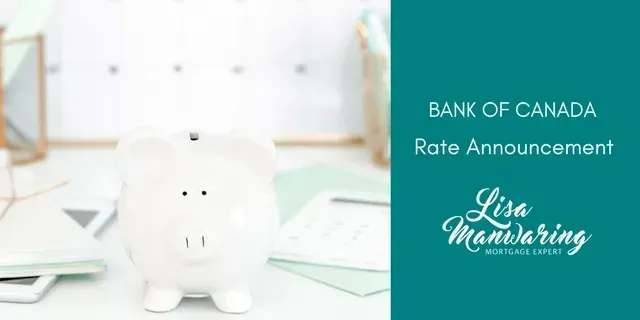
Looking after your best interests so you can focus on building your nest.
Let us help you find a mortgage that is best suited to your needs.
We specialize in educating clients to ensure stress-free mortgage financing. It would be a pleasure to work with you.
Mortgage financing can be confusing, it doesn't have to be, here's the plan.
Get started right away
The best place to start is to connect with us directly. The mortgage process is personal. Our commitment is to listen to all your needs, assess your financial situation, and provide you with a clear plan forward.
Get a clear plan
Sorting through all the different mortgage lenders, rates, terms, and features can be overwhelming. Let us cut through the noise, we'll outline the best mortgage products available, with your needs in mind.
Let us handle the details
When it comes time to arranging your mortgage, we have the experience to bring it together. We'll make sure you know exactly where you stand at all times. No surprises. We've got you covered.
Mortgage Expert, AMP
I have been in the mortgage industry for almost 27 years. My first 16 years were spent working for a large Canadian chartered bank. During that time I helped develop credit products, managed branches and ran sales teams. While the management experience has been valuable, it was working one on one with clients that I truly enjoyed.
After the birth of my son in 2003, I left my beloved banking career and took on the challenge of an independent mortgage broker. From that point on, I never looked back. Since then I have assisted my clients in finding the perfect mortgage for them.
Any one of my clients will tell you I bring an energy and enthusiasm to the process of buying, refinancing or renewing your home. I love what I do and I have fun doing it. I am proud to say that I have generations of families that I have put into the biggest purchase of their lives, and while that might make me feel a little old, those types of incredible relationships are what make me the most proud of what I do.
My clients know that I am always here to assist. If you’re looking for a mortgage, a second opinion or just need to ask a couple of questions, give me a call. I would LOVE to hear from you!
Here are some nice things clients have said about working with us.
Articles to keep you learning




